Introduction
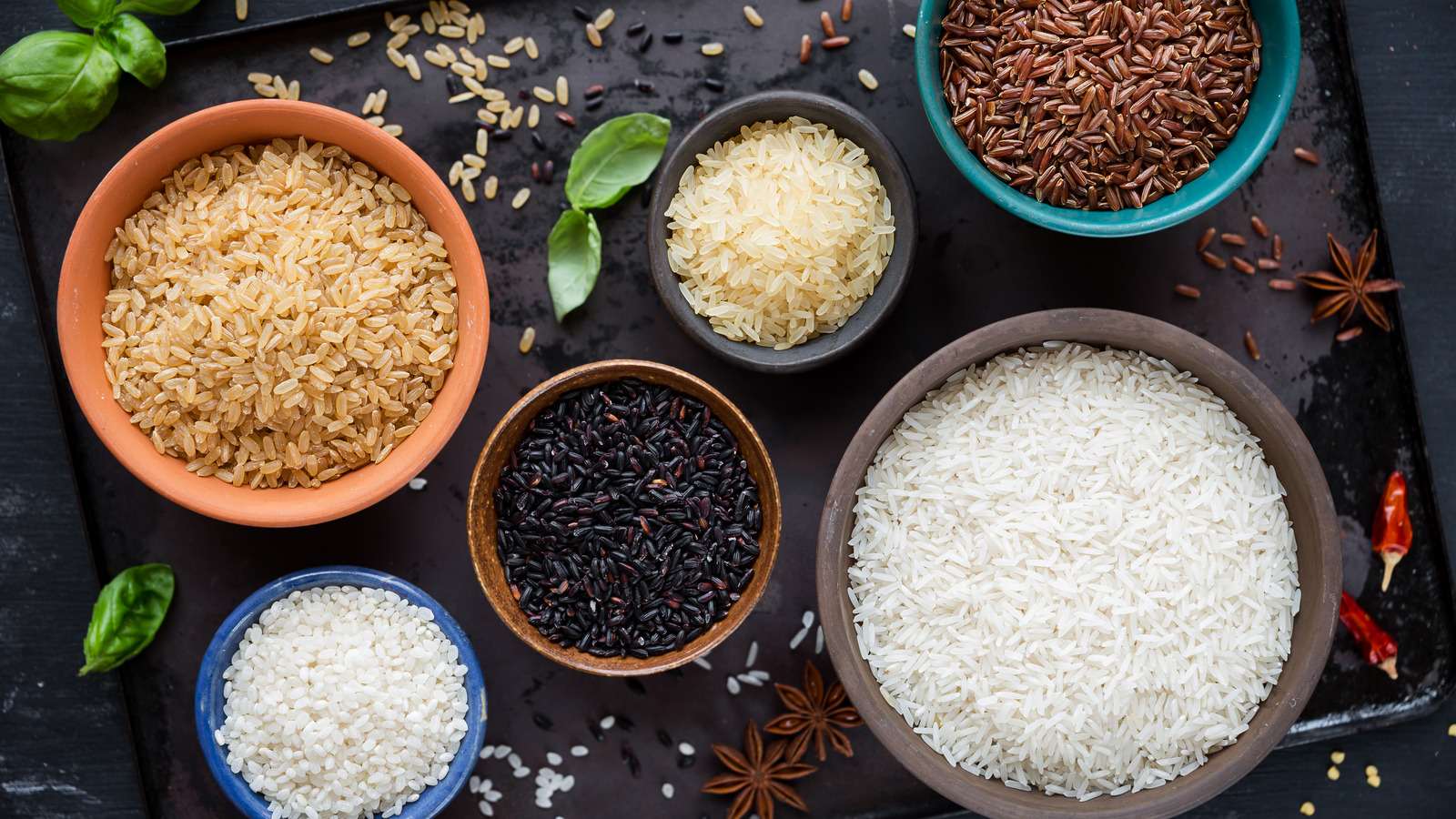
Rice is a staple food in many cultures and cuisines around the world. When it comes to choosing the right grain, the decision often boils down to white rice or wild rice. While both have their own unique qualities, it’s important to understand the differences between them. This article will delve into the origins, nutritional value, cooking methods, and taste differences of white rice and wild rice, allowing you to make an informed decision and choose the right rice for your diet. Whether you’re seeking a versatile and convenient option or a flavorful and nutritious alternative, this article will guide you through the pros and cons of both white rice and wild rice.
Overview Of White Rice And Wild Rice
White rice and wild rice are two popular grains with distinct characteristics. White rice is the most commonly consumed type of rice, known for its mild taste and fluffy texture. It is processed by removing the bran and germ layers, resulting in a grain that cooks quickly and has a longer shelf life. On the other hand, wild rice is a type of aquatic grass seed that is native to North America. It has a nutty and earthy flavor and a chewy texture. Unlike white rice, wild rice is a whole grain that retains its bran and germ layers, making it more nutrient-dense and higher in fiber.
Nutritional Comparison
When it comes to the nutritional content, wild rice outshines white rice. Wild rice is a whole grain that retains its bran and germ layers, which contain high amounts of fiber, vitamins, and minerals. In comparison, white rice has had its bran and germ layers removed, leaving it with fewer nutrients. Wild rice is also higher in protein and dietary fiber than white rice. Its higher fiber content aids in digestion and helps maintain a healthy weight. Overall, choosing wild rice over white rice can provide you with a more nutrient-dense and health-promoting grain option.
White Rice
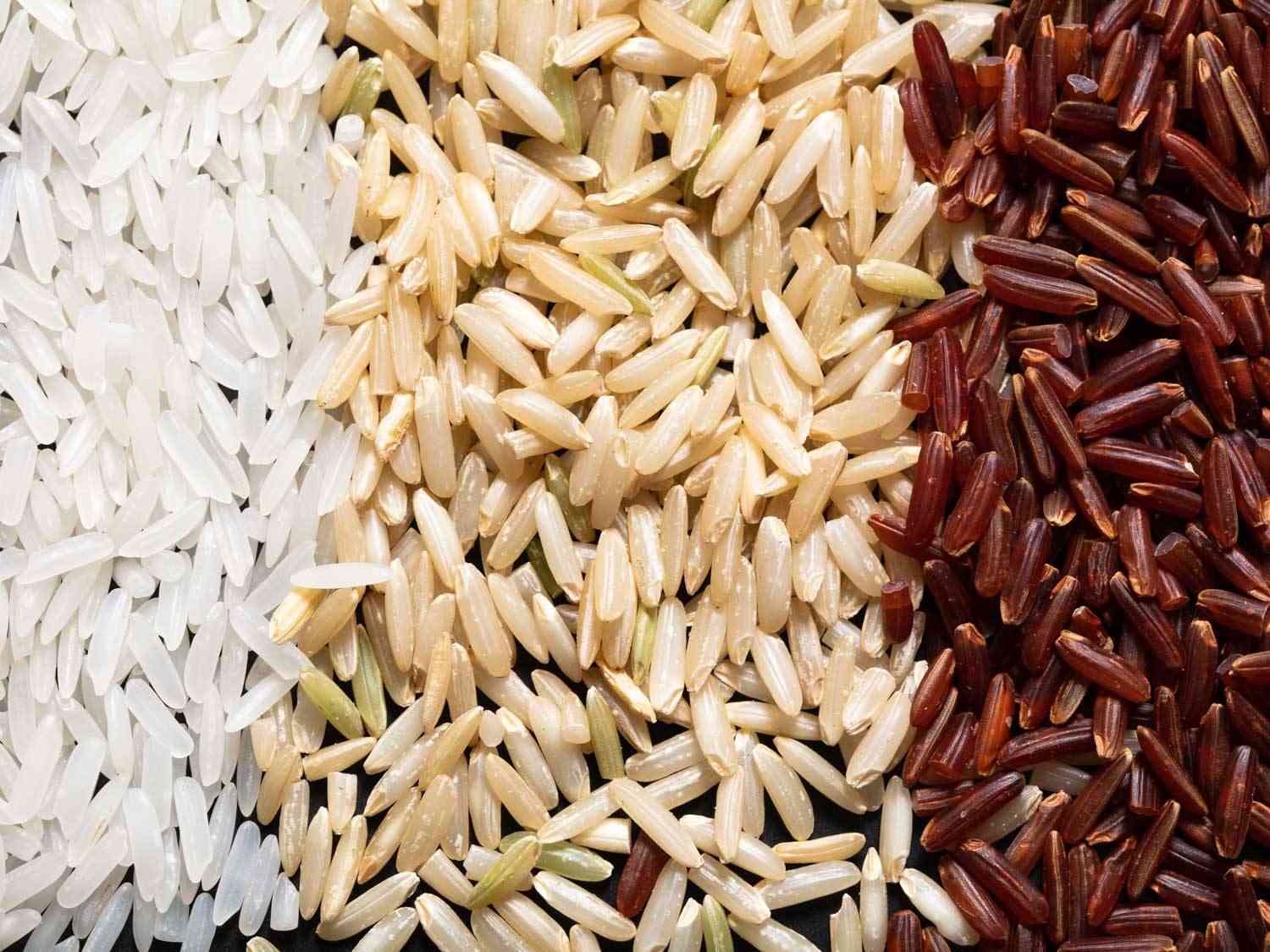
White rice is a staple in many diets and is commonly used in various cuisines around the world. It is a refined grain that has had its bran and germ layers removed, leaving behind the starchy endosperm. This process gives white rice its characteristic white color and a soft, fluffy texture when cooked. White rice comes in different varieties, including short-grain, medium-grain, and long-grain. It is easy to cook and has a mild flavor that pairs well with a variety of dishes. While white rice is a good source of carbohydrates, it lacks the fiber, vitamins, and minerals found in its whole grain counterpart, wild rice.
Types Of White Rice
White rice comes in various types, each with its own unique characteristics. The most common types of white rice include short-grain, medium-grain, and long-grain.
- Short-grain white rice: This variety is small and sticky when cooked, making it ideal for dishes such as sushi and risotto.
- Medium-grain white rice: Medium-grain rice is slightly larger and less sticky than short-grain rice. It is commonly used in Mediterranean and Asian cuisines.
- Long-grain white rice: Long-grain rice is slender and fluffy when cooked. It is the most popular type of white rice and is versatile enough to be used in a wide range of dishes, including stir-fries and pilafs.
Each type of white rice has its own distinctive texture and flavor, allowing you to choose the perfect rice for your culinary creations.
Health Benefits And Drawbacks
White rice has its own set of health benefits and drawbacks. On the positive side, white rice is a good source of energy and provides essential nutrients such as carbohydrates and some vitamins and minerals. It is also easily digestible and is recommended for individuals with digestive issues. However, white rice lacks fiber and has a high glycemic index, which can cause spikes in blood sugar levels. Additionally, it may not provide the same level of nutritional value as other types of rice, such as wild rice. Overall, moderation and balance are key when incorporating white rice into a healthy diet.
Wild Rice
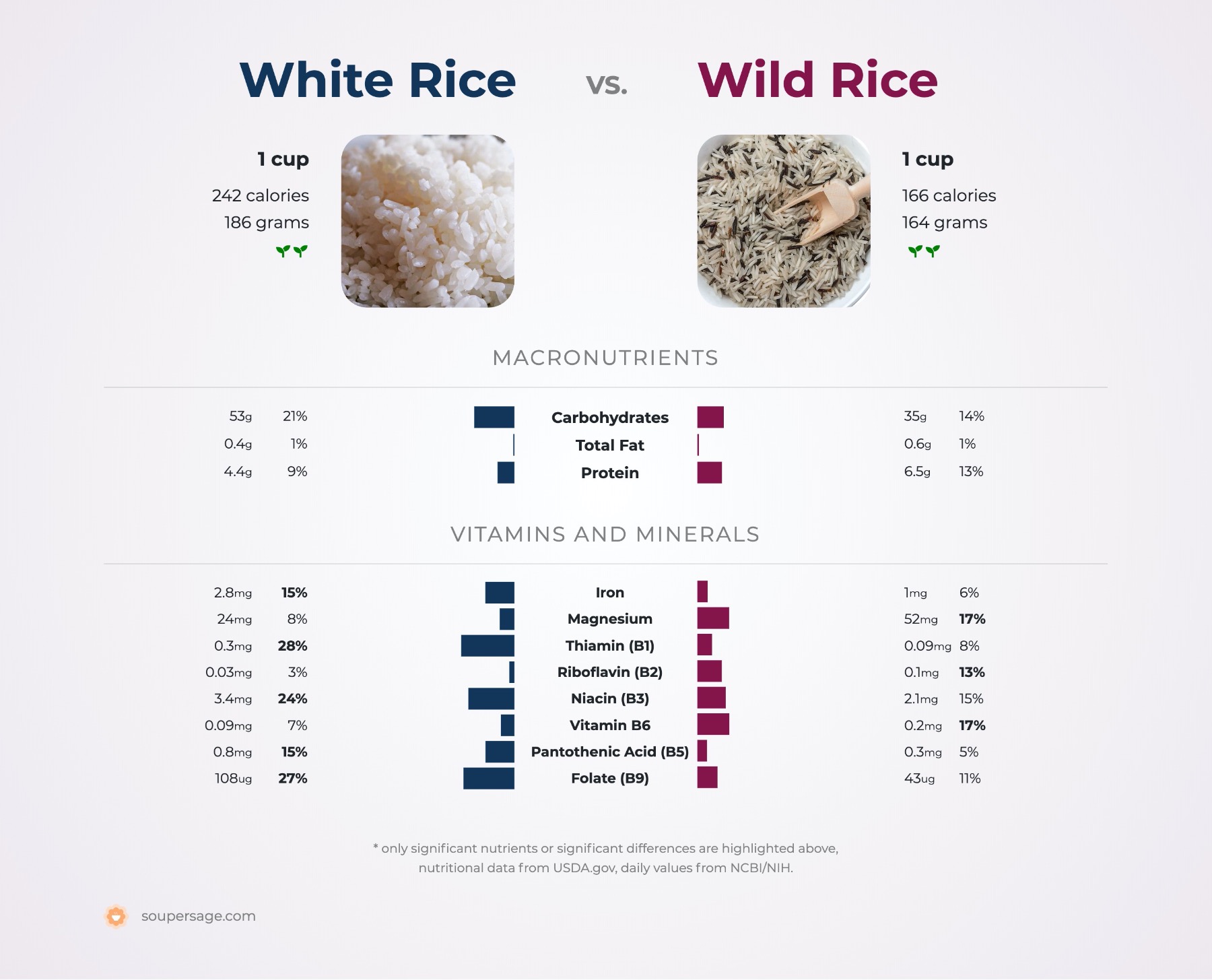
Wild rice is a unique grain that differs from white rice in many ways. It is actually not a true rice, but rather a seed from a grass species. Wild rice has a distinctive nutty flavor and a chewy texture, making it a popular choice for dishes like salads, soups, and pilafs.
In terms of nutrition, wild rice is a great source of protein, dietary fiber, and various vitamins and minerals. It is also lower in calories and contains more antioxidants compared to white rice. Due to its complex carbohydrates and high fiber content, wild rice can help regulate blood sugar levels and promote digestive health.
Overall, wild rice is a nutritious and versatile grain that can be a healthy addition to any meal. So, consider adding wild rice to your diet for its unique taste and numerous health benefits.
Characteristics Of Wild Rice
Wild rice stands out for its unique characteristics that set it apart from white rice. With its long and slender grains, wild rice has a distinctive appearance. It is known for its earthy and nutty flavor, which adds depth to any dish. The chewy texture of wild rice adds a delightful contrast to the other ingredients in a meal. Whether used in soups, salads, or pilafs, wild rice brings a unique and satisfying element to the table. Its rich flavor and texture make it a popular choice for those looking to add complexity to their meals.
Nutritional Value And Benefits
Wild rice is not only a flavorful grain but also a nutritional powerhouse. It is high in protein, making it a great option for vegetarians and vegans. Additionally, wild rice is rich in fiber, which aids in digestion and helps to keep you feeling full. It is also a good source of essential minerals such as magnesium and zinc, which support overall health. Furthermore, wild rice is packed with antioxidants, which help to protect cells from damage and reduce the risk of chronic diseases. Adding wild rice to your diet can provide a range of health benefits and contribute to a well-rounded and nutritious eating plan.
Cooking And Preparation
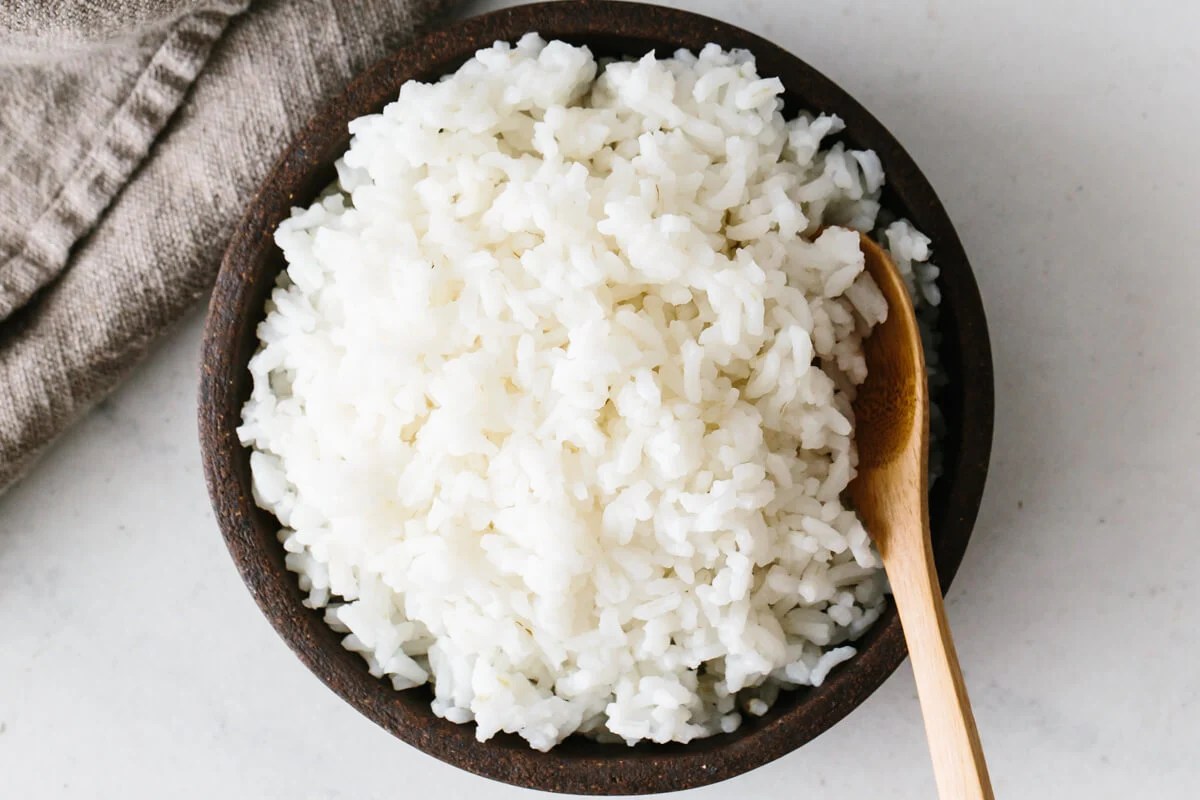
Cooking and preparing white rice and wild rice each require different methods to achieve their optimal taste and texture.
For white rice, the most common method is to use a rice cooker or stovetop pot with a 1:2 ratio of rice to water. It is important to rinse the rice thoroughly before cooking to remove excess starch. Once cooked, fluff the rice with a fork to separate the grains.
On the other hand, wild rice typically requires longer cooking times and more water. A 1:3 ratio of rice to water is recommended, and simmering for about 45-60 minutes until the grains are tender and have popped open.
Both white rice and wild rice can be versatile ingredients in a variety of dishes, whether it be as a side dish, in salads, or as a base for stir-fries. Experimenting with different cooking techniques and flavors can help you discover new and delicious ways to incorporate these grains into your meals.
Methods Of Cooking White Rice
There are several methods for cooking white rice to achieve the perfect fluffy texture. The most common method is the absorption method, where the rice is cooked with a 1:2 ratio of rice to water. Simply bring the water and rice to a boil, then reduce the heat and let it simmer until all the water is absorbed. Another popular method is using a rice cooker, which takes the guesswork out of cooking rice by automating the process. Both methods result in tender, separate grains of white rice that can be enjoyed as a side dish or used as a base for various recipes.
Cooking Techniques For Wild Rice
Cooking wild rice requires a slightly different approach compared to white rice. Wild rice should be cooked until it puffs and the inside lighter portion of the grain can be seen. Overcooking may cause it to become mushy. To prevent the grains of rice from sticking together, you can toss cooked wild rice with a tablespoon of cooking oil. Wild rice can be substituted in most recipes that call for white or brown rice, but you may need to adjust the cooking time accordingly. It can be cooked on the stove top, in the microwave, or in the oven for convenience and variety.
White Rice Vs Wild Rice
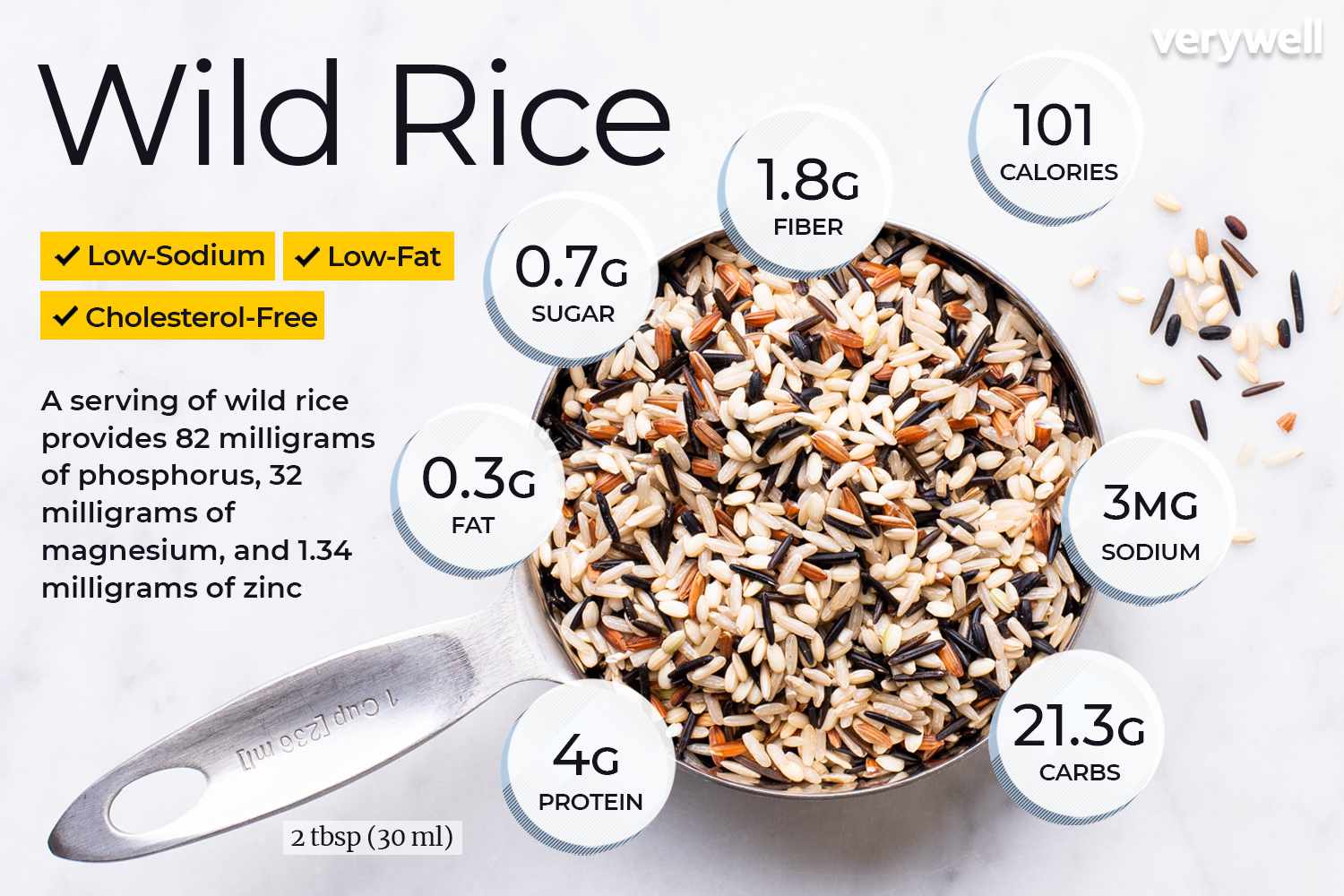
White rice and wild rice are two popular grains that have distinct differences. White rice, commonly consumed in many cultures, is a refined grain that has been stripped of its bran and germ, resulting in a milder taste and softer texture. It is rich in carbohydrates and low in fiber and nutrients. On the other hand, wild rice is a whole grain that is higher in fiber, protein, and various vitamins and minerals. It has a nuttier flavor and chewy texture. When it comes to choosing the right grain, considering nutritional value and personal preference is key.
Taste And Texture Differences
When it comes to taste and texture, white rice and wild rice are quite different. White rice, after being processed and refined, has a milder flavor and a softer, fluffier texture. It is more tender and easily chewed. On the other hand, wild rice has a unique, earthy flavor with hints of nuttiness. It also has a chewier texture and a slightly grainy mouthfeel. Wild rice offers a more robust and satisfying eating experience compared to the more subtle taste and delicate texture of white rice.
Environmental Impact And Sustainability
Harvesting white rice typically involves intensive cultivation practices, including the use of pesticides, fertilizers, and large amounts of water. These practices can have a negative impact on the environment by contributing to water pollution, soil degradation, and greenhouse gas emissions. On the other hand, wild rice is often harvested using traditional and sustainable methods that have minimal impact on the environment. It grows in natural aquatic habitats and plays a vital role in wetland ecosystems. Choosing wild rice can be a more sustainable choice for conscientious consumers who are concerned about the environmental impact of their food choices.
Conclusion
https://www.youtube.com/watch?v=_cc0b3QPoGw&pp=ygUxV2hpdGUgUmljZSB2cyBXaWxkIFJpY2U6IENob29zaW5nIHRoZSBSaWdodCBHcmFpbg%3D%3D

In conclusion, the choice between white rice and wild rice ultimately comes down to personal preference and individual dietary needs. White rice, with its mild taste and soft texture, is a versatile staple that pairs well with a variety of dishes. On the other hand, wild rice offers a distinct nutty flavor and chewy texture, making it a delightful option for those seeking a more adventurous culinary experience. Additionally, wild rice boasts higher nutritional value, with greater levels of fiber, protein, and essential minerals. Furthermore, wild rice is often harvested using sustainable practices, making it a more environmentally conscious choice. Incorporating both white and wild rice into your diet allows for a diverse and balanced mix of flavors and nutrients. So, whether you choose the familiar comfort of white rice or the unique qualities of wild rice, both can be enjoyed as part of a healthy and satisfying meal.
Choosing The Right Rice For Your Diet
When it comes to choosing the right rice for your diet, it’s important to consider your personal preferences and nutritional needs. If you prefer a mild taste and soft texture, white rice might be the perfect choice for you. Alternatively, if you enjoy a nutty flavor and chewy texture, wild rice could be the ideal option. Additionally, if you’re looking for a rice variety that is higher in fiber, protein, and essential minerals, wild rice is a great choice. Ultimately, incorporating both white and wild rice into your diet can provide a diverse and balanced mix of flavors and nutrients.
Tips For Incorporating White And Wild Rice Into Meals
When it comes to incorporating white and wild rice into your meals, there are plenty of options to explore. Here are some tips to help you make the most of these versatile grains:
- Mix it up: Combine white and wild rice to create a visually appealing and nutritious dish. The contrasting textures and flavors make for a delightful eating experience.
- Rice bowls: Create delicious rice bowls by topping cooked rice with your favorite proteins, vegetables, and sauces. Customize it to your liking and enjoy a balanced and satisfying meal.
- Stir-fries: Add cooked white or wild rice to stir-fries for a hearty and filling dish. The rice pairs well with a variety of vegetables and sauces, making it a versatile ingredient.
- Stuffing: Use cooked wild rice as a stuffing for vegetables like bell peppers or mushrooms. The nutty flavor and chewy texture of wild rice add depth to the dish.
- Salads: Make colorful and nutritious salads by adding cooked white or wild rice to a medley of fresh vegetables, herbs, and a tangy dressing. It adds a satisfying texture and acts as a filling ingredient.
Remember to cook the rice according to package instructions for the best results. Whether you choose white or wild rice, these tips will help you incorporate these grains into your meals in delicious and creative ways.
FAQ About White Rice Vs Wild Rice: Choosing The Right Grain
Q: What is the nutritional difference between white rice and wild rice?
A: White rice is processed and polished, which removes the bran and germ layers, stripping away many nutrients. In contrast, wild rice is a whole grain that retains its bran and germ, making it higher in fiber, protein, and essential nutrients like B vitamins and minerals.
Q: Which type of rice is better for weight management?
A: Wild rice is preferred for weight management due to its higher fiber content, which can help you feel fuller for longer and support healthy digestion. White rice, being lower in fiber and nutrients, may lead to quicker spikes in blood sugar levels and potentially contribute to weight gain if consumed in large quantities.
Q: Can white rice be a part of a healthy diet?
A: While white rice is lower in nutrients compared to wild rice, it can still be enjoyed in moderation as part of a balanced diet. Opt for whole-grain options like brown rice or mix white rice with other whole grains for added nutritional benefits.
Q: Which type of rice is better for individuals with gluten intolerance?
A: Both white rice and wild rice are gluten-free, making them suitable choices for individuals with gluten intolerance or celiac disease. It is essential to check for cross-contamination in processing facilities for packaged rice products.
Q: Are there any culinary differences between white rice and wild rice?
A: White rice has a milder flavor and a softer texture compared to nuttier-flavored and chewier wild rice. The choice between the two types of rice often depends on personal preference and the specific recipe being prepared.

ToroGrill Canada is excited to share our one-of-a-kind and authentic South American BBQ flavors with the wonderful people of Canada. Our journey began with a passion for bringing South America’s rich and vibrant culinary traditions to a new audience, and we have been dedicated to this mission ever since. Our story is one of inspiration, hard work, and the pursuit of excellence. Every recipe, every ingredient, and every cooking technique has been carefully honed and perfected to ensure that when you take a bite of our food, you experience the true essence of South American BBQ.